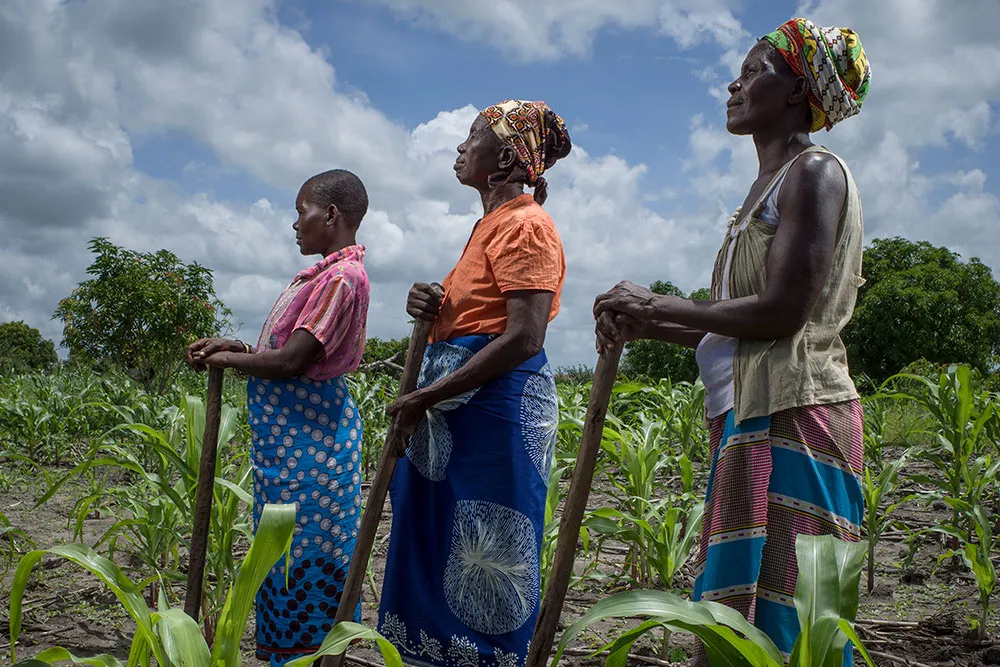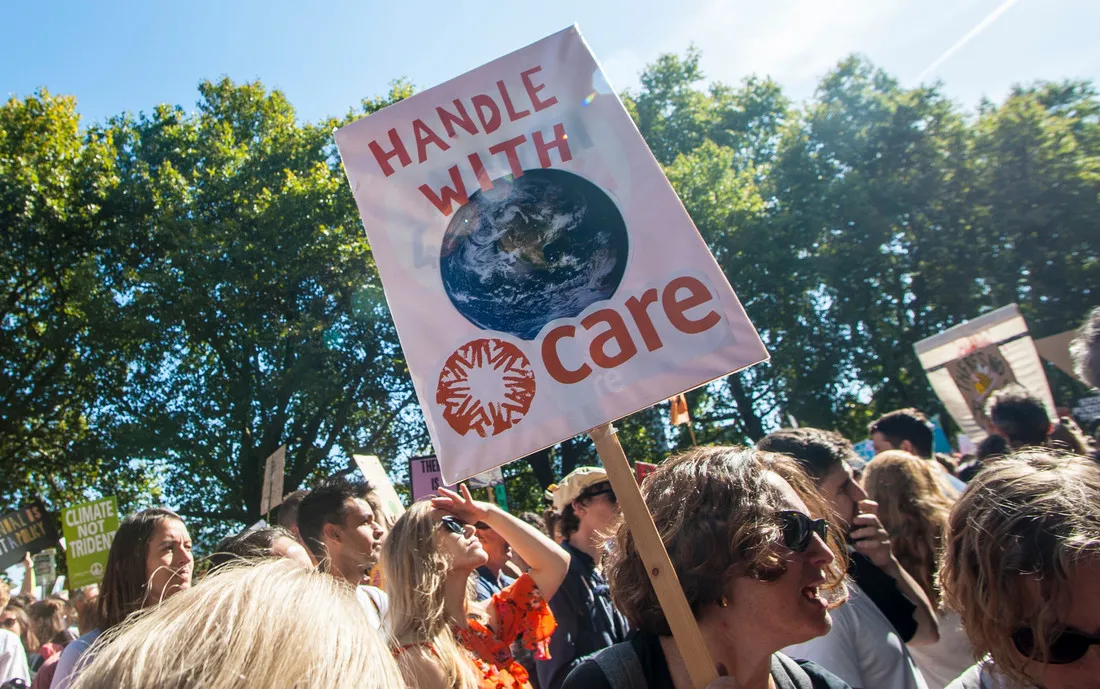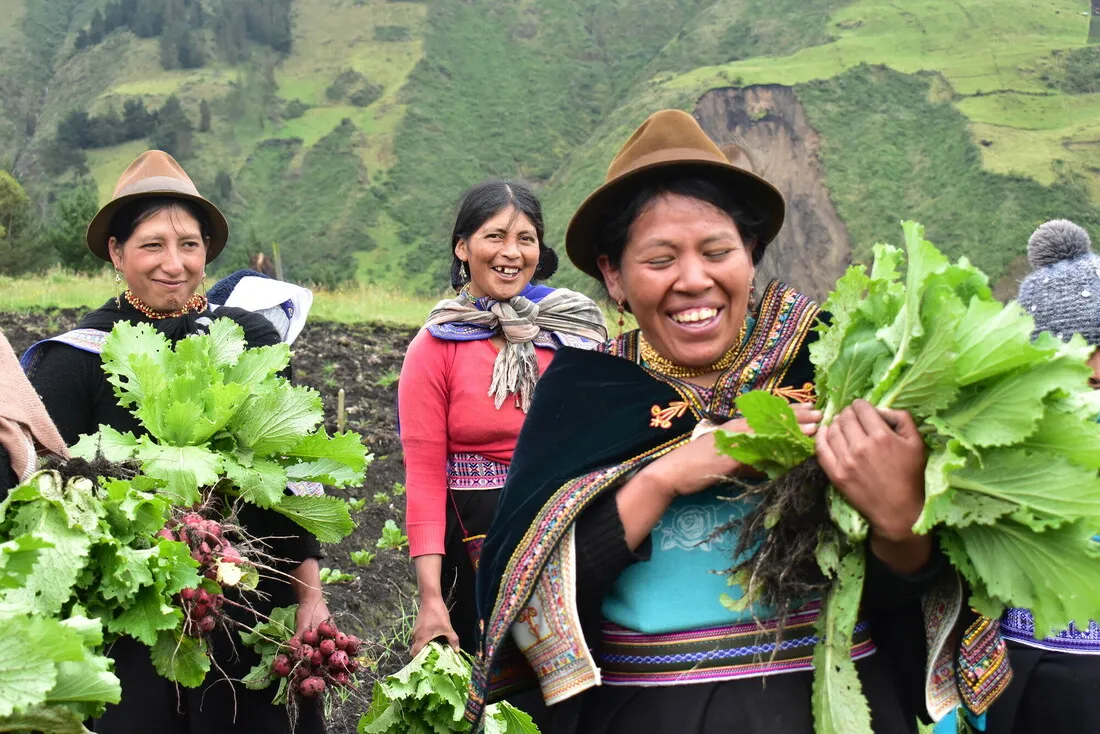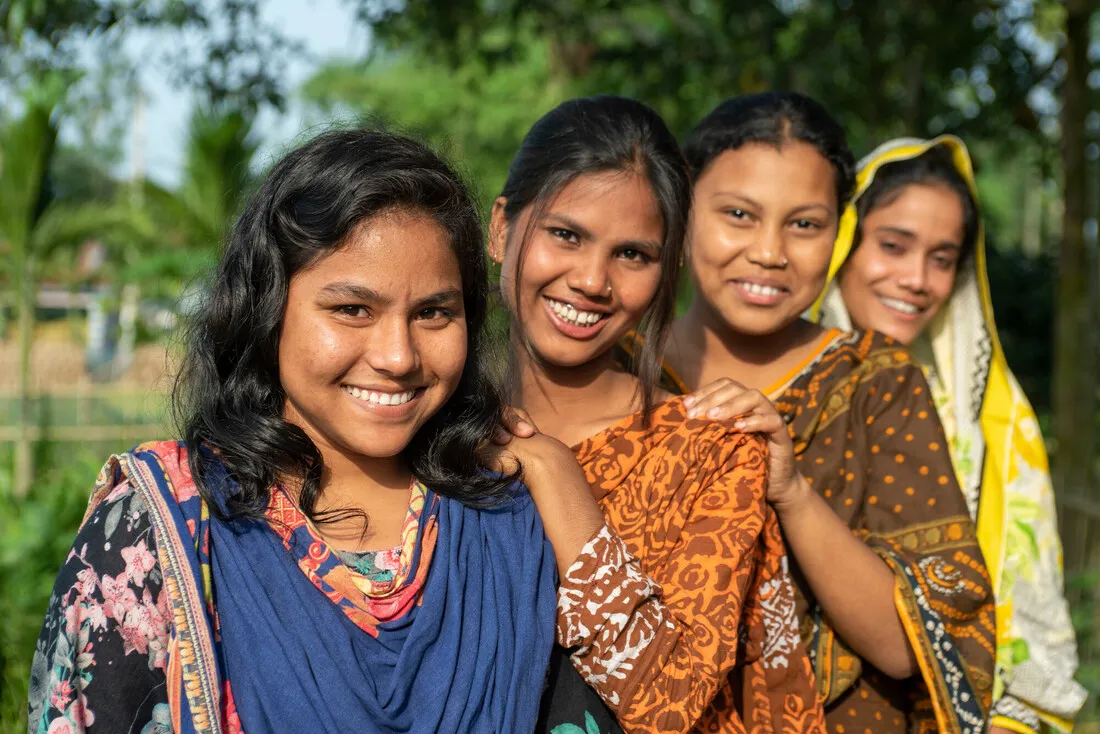The scale and the urgency of the global climate crisis demands an augmented effort by CARE to promote climate justice to tackle the gendered consequences of climate change and the drivers causing it.
CARE knows climate change exacerbates existing inequalities; it has a disproportionate impact on women and girls because of the roles and tasks that they are assigned and the discrimination they face. In the event of a disaster, the risk of death is higher among women and children than among men. However, women are also on the frontline when it comes to combating climate change, demanding justice and adapting to its consequences.
The climate crisis jeopardizes the benefits and progress already made in addressing the injustice of poverty and gender inequalities in communities where CARE works. It also increases the need to respond to ever more urgent humanitarian needs. This has tremendous impact on CARE’s efforts to overcome poverty and social injustice.







